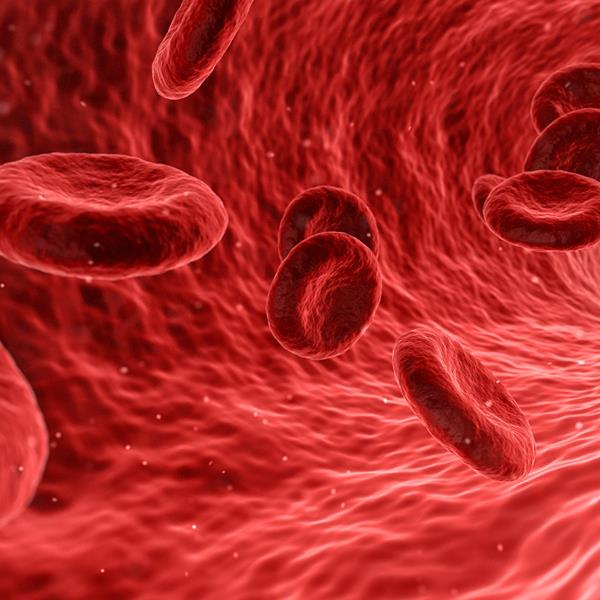Umbilical cord blood is rich source of various types of stem cells, says Research

A technique using umbilical cord blood stem cells could be a promising new approach for repairing cleft palate in infants, scientists say.
Performed as part of reconstructive surgery when the infant is a few months old, the stem cell procedure provides good results in growing new bone to close the upper jaw cleft -- and may avoid the need for later bone graft surgery, said Alejandro Garcia Botero from Hospital De San Jose in Colombia.
In the study published in The Journal of Craniofacial Surgery, researchers describe the stem cell procedure in an infant with cleft lip and palate, diagnosed by ultrasound before birth.
The baby girl had an alveolar cleft, involving an area of bone where teeth are located.
Immediately after delivery, a sample of the infant's umbilical cord blood was collected to isolate stem cells, which were processed and frozen to preserve them for later use.
Umbilical cord blood is a rich source of various types of stem cells, which have the potential to develop into many different types of specialized cells, including bone and cartilage.
"Since the age is that of the newborn, (umbilical cord stem cells) have a greater potential to regenerate the organism," Botero said.
For the first few months, the infant underwent a nonsurgical "nasoalveolar shaping" procedure to align the soft tissues of the upper jaw.
At age five months, the stem cells were thawed for use as part of "boneless bone grafting" surgery (gingivoperiostioplasty). The stem cells were placed in a pocket of soft tissue bridging the gap in the upper jaw.
A small piece of absorbable biomaterial (Gelfoam) was used a scaffold to guide the growth of new bone across the cleft palate. This procedure was performed at the same time as surgery to correct the cleft lip (cheiloplasty).
Follow-up confirmed the formation of new bone to close the cleft palate, providing good position and support for the normal eruption of the teeth, researchers said.
Imaging scans when the patient was five years old showed the good thickness of the upper jaw bone in the area where the cleft had been, they said.
A major potential advantage of the stem cell procedure is avoiding the need for later bone grafting surgery -- currently the standard technique for closing the cleft.
This procedure uses bone taken from elsewhere in the child's body, typically the hip. Bone grafting has potential complications and subjects the child to one or more additional surgeries.
The study is the first to use stem cells as part of primary surgery to repair cleft palate in an infant.
Botero and colleagues note that their patient will need further monitoring to ensure adequate bone thickness in the upper jaw.
The researchers emphasise the need for further studies evaluating their stem cell technique in a large number of patients -- including steps to confirm that bone formation results from the stem cells, and not from the initial "boneless bone graft" surgery.
(With inputs from agencies.)
- READ MORE ON:
- cells
- bone
- stem
- cleft
- palate
- upper
- cleft palate
- use
- stem cells
- surgery










